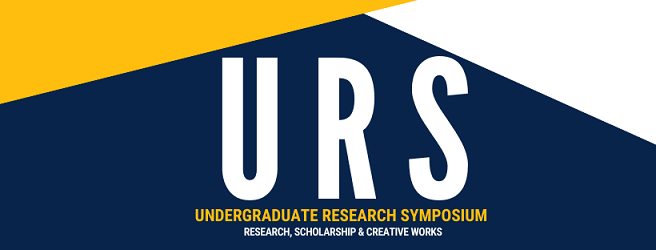Faculty Sponsor
Geri Friedline
Final Abstract for URS Program
Many reports have been published about the complex topic of segregation in the Greater St. Louis area. However, the effect of years of systemic segregation on education has not been adequately discussed in a modern context. This report studies the root causes of the Delmar Divide in an attempt to understand the impact it produced in the educational community. St. Louis is a classically divided city and the public-school system has suffered as a result of educational inequities. This work focuses on how the Delmar Divide created pockets that continue to marginalize residents, particularly students. The effect that purposeful segregation had on this area and how it places students of color at a disadvantage to their white counterparts in other city neighborhoods is certainly visible through research. St. Louis is considered a historically segregated city. Location seems to be one of the most important factors in determining quality of education, health, housing, and access to jobs. Where people live has been molded by a long history of intentional systemic practices at both the governmental and societal levels. Black residents bear the brunt of this history and have been excluded from locations that could provide better opportunities. This report delves into the history that led to the division of the schools on both sides of the Delmar Divide, comparing their educational realities while attempting to understand why this happened and what can be done to directionally move forward as a community.
Document Type
Poster
Paper
Velvet Rope of Exclusion PPT.pptx (11692 kB)
Presentation
Educational Inequities Talk.docx (11436 kB)
Talk Supplementing Presentation
Included in
Disability and Equity in Education Commons, Education Economics Commons, Elementary Education Commons

